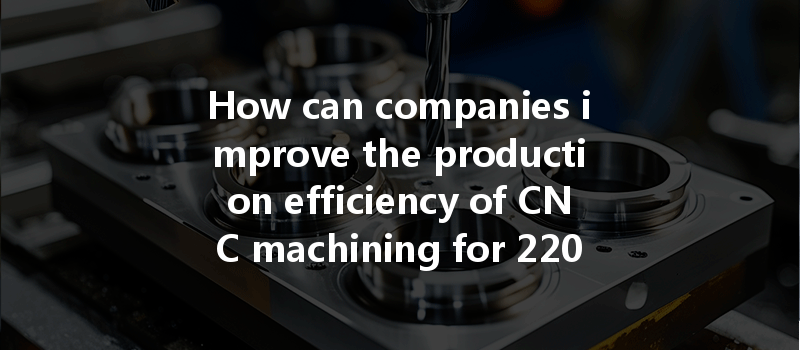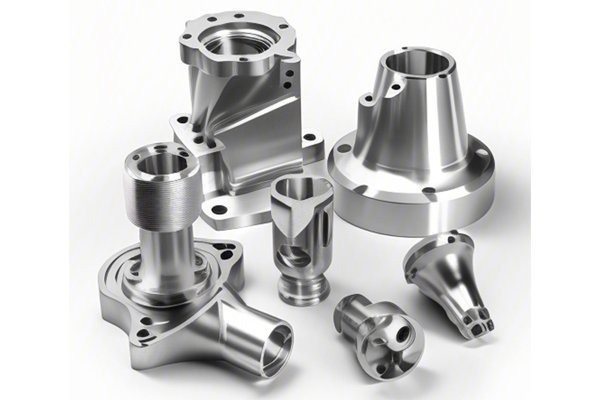Did you know that duplex stainless steels, such as 2205, offer unparalleled strength and resistance to corrosion, making them ideal for various industrial applications? According to recent industry analyses, the demand for duplex stainless steel is projected to grow by over 8% annually due to its integral role in processes ranging from oil and gas extraction to food processing. However, the complexity of machining these alloys can significantly affect production efficiency and ultimately impact the bottom line. This blog dives deep into actionable strategies and techniques to enhance the machining processes of 2205 duplex stainless steel, ensuring optimal output and minimized waste.
Understanding 2205 Duplex Stainless Steel
Before delving into efficiency improvements, it’s essential to understand the material in question.
What is 2205 Duplex Stainless Steel?
2205 duplex stainless steel comprises approximately 22% chromium, 5% nickel, and 3% molybdenum. This unique composition not only provides it with excellent mechanical properties but also enhances its toughness and resistance against stress corrosion cracking. Its dual-phase structure (a mix of austenite and ferrite) gives it superior strength while allowing for easier machining than austenitic grades.
Common Applications
The unique properties of 2205 duplex stainless steel make it ideal for various applications, including:
Despite its advantages, CNC machining of 2205 can be challenging due to its hardness and toughness.
Challenges in CNC Machining of 2205 Duplex Stainless Steel
Understanding the challenges of machining 2205 duplex stainless steel is the first step toward finding efficient solutions:
Efficiency Improvement Strategies for Machining 2205 Duplex Stainless Steel
Choosing the right tools is essential. Here are some considerations:
Carbide Tools
Tool Maintenance
Adjusting the cutting parameters is fundamental in achieving efficient machining.
Cutting Speeds
Feed Rates

Utilizing modern machining techniques can vastly improve efficiency.
High-Pressure Coolant Systems
Peeling Operations
Dry Machining
Effective programming is crucial in CNC machining to ensure efficiency:
Optimize Tool Paths
Avoidance of Overlapping Cuts
A stable setup can vastly improve machining quality and efficiency.
Work Holding Fixtures
Machine Rigidity
Automated monitoring systems can help in constant performance evaluation.
Human resources play a pivotal role in CNC machining efficiency.
Improving the production efficiency of CNC machining for 2205 duplex stainless steel parts requires a multi-faceted approach that includes tooling selection, optimization of machining parameters, innovative techniques, effective CNC programming, and continuous monitoring. By addressing the challenges faced in machining this high-performance material, organizations can significantly enhance their productivity and competitiveness in an ever-evolving market.
This blog has explored the core techniques that can be employed, emphasizing that investing in quality tools, training, and advanced machining technologies will not only optimize material usage but can also lead to substantial cost reductions in production.
As industries increasingly rely on duplex stainless steels, ensuring efficient machining practices will yield substantial benefits in performance, durability, and economic viability. Think about the potential impact these strategies can have on your operations—improving turnarounds and meeting customer expectations can set the stage for future growth and prosperity. Embrace the challenge, and make the changes necessary to excel in the world of CNC machining.






